10 Leaf -Cotton Prayer Flag Single Roll
PRAYER FLAGS : ICONOGRAPHY
A prayer flag is a colorful rectangular cloth, often found strung along mountain ridges and peaks high in the Himalayas. They are used to bless the surrounding countryside and for other purposes. Prayer flags are believed to have originated with Bon. In Bon, shamanistic Bonpo used primary-colored plain flags in Tibet.Traditional prayer flags include woodblock-printed text and images.
Nepal Sutras, originally written on cloth banners, were transmitted to other regions of the world as prayer flags.used by the devas against their adversaries, the asuras. carrying the heavenly banner as a way of signifying his commitment to ahimsa. Indian practice of printing on cloth prayer flags to Tibet and Nepal.
| Size | 10 x 7.5cm |
| Material | Cotton |
$1.50
CompareDETAIL DESCRIPTION
COLOR AND ORDER
Traditionally, prayer flags come in sets of five: one in each of five colors. The five colors are arranged from left to right in a specific order: blue, white, red, green, and yellow. The five colors represent the five elements. Five Pure Lights. Different elements are associated with different colors for specific traditions, purposes and sadhana. Blue symbolizes the sky and space, white symbolizes the air and wind, red symbolizes fire, green symbolizes water, and yellow symbolizes earth. According to Traditional Tibetan medicine, health and harmony are produced through the balance of the five elements.
SYMBOLS AND PRAYERS
The center of a prayer flag traditionally features a Lung ta (powerful or strong horse) bearing three flaming jewels (specifically ratna) on its back. The Ta is a symbol of speed and the transformation of bad fortune to good fortune. The three flaming jewels symbolize the Buddha, the Dharma (Buddhist teachings), and the Sangha (Buddhist community): the three cornerstones of Tibetan philosophical tradition.
Surrounding the Lung ta are various versions of approximately 400 traditional mantras, each dedicated to a particular deity. These writings include mantras from three of the great Buddhist Bodhisattvas: Padmasambhava (Guru Rinpoche), AvalokiteÅvara (Chenrezig, the bodhisattva of compassion, and the patron of the Tibetan people), and Manjusri.
In addition to mantras, prayers for a long life of good fortune are often included for the person who mounts the flags.
Images or the names of four powerful animals, also known as the Four Dignities, adorn each corner of a flag: the dragon, the garuda, the tiger, and the snowlion.
| Size | 10 x 7.5cm |
| Material | Cotton |

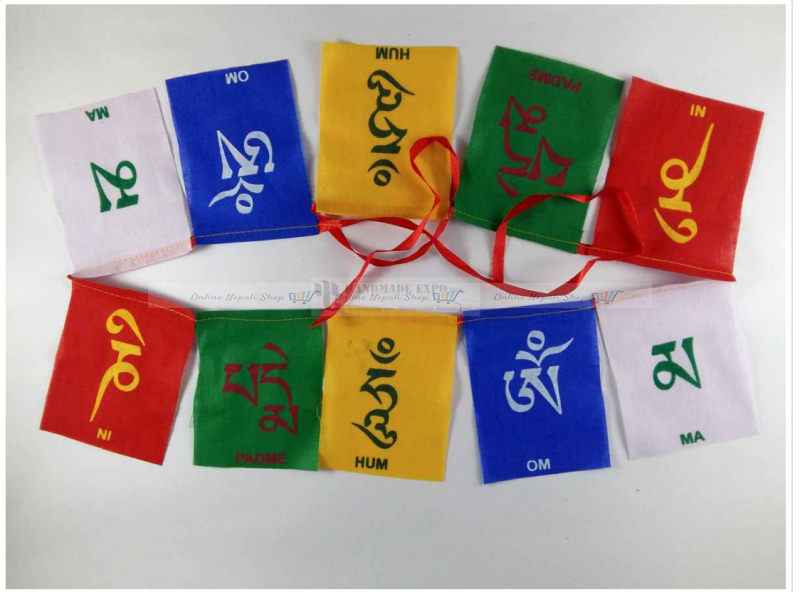
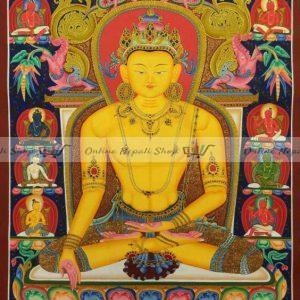
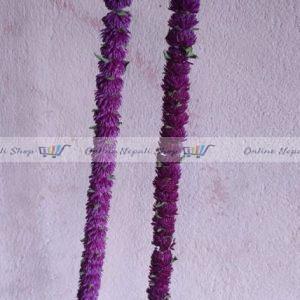
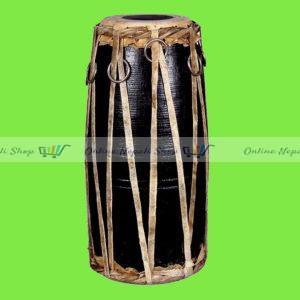
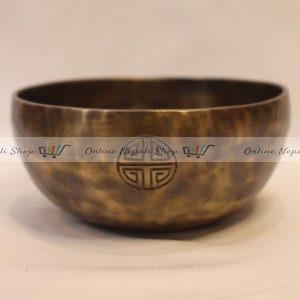

There are no reviews yet.